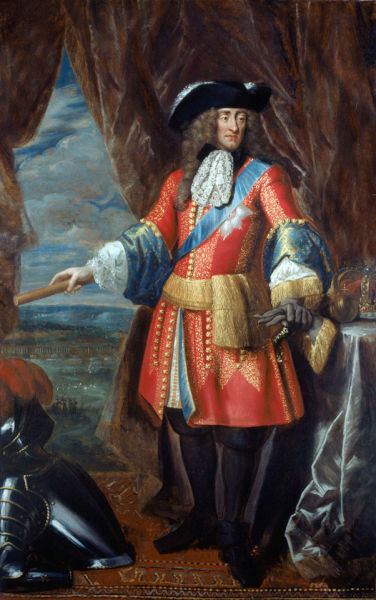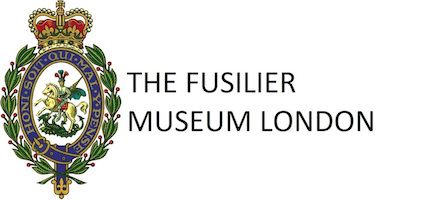 James II and VII was
born on 14th October 1633. He was King of England and Ireland as
James II and King of Scotland as James VII from February 1685 until he was
deposed by his daughter Mary and his nephew and son-in-law William of Orange in
the Glorious Revolution of 1688.
James II and VII was
born on 14th October 1633. He was King of England and Ireland as
James II and King of Scotland as James VII from February 1685 until he was
deposed by his daughter Mary and his nephew and son-in-law William of Orange in
the Glorious Revolution of 1688.
James ascended the
throne upon the death of his brother, Charles II. Though there was little
opposition at the time, James’ accession was a major problem for the Protestant
political elite, as James was a Roman Catholic and pro-French. Some had even
sought to grant sovereignty to Charles II’s eldest illegitimate son, James
Scott, Duke of Monmouth. James’ faith would continue to be a source of trouble
for him in the years to come.
Monmouth believed himself
to be the rightful heir to the throne due to his uncle’s Catholicism. This led
to the Monmouth Rebellion in May of 1685, in an attempt to overthrow James. Another
rebellion led by the Duke of Argyll in Scotland was easily crushed by James’
army, as with fewer than 300 men Argyll never posed any real threat. As with
Argyll, Monmouth’s forces were no match for the regular army. He and his men attempted
to raise recruits a number of times and the rebellion ended after Monmouth’s
defeat at the Battle of Sedgemoor on 6th July 1685.
Both men were captured
and executed for their failed rebellions, with Argyll executed in Edinburgh and
Monmouth at the Tower of London on the 15th July.
The rebellions
prompted James to seriously consider his safety, and he swiftly made plans to
enlarge his armies. On 11th June 1685, James commissioned George Legge, Lord Dartmouth, and Constable of the Tower, as Colonel of ‘Our
Royall Regiment of Fuzileers’. Unfortunately, this
did little to save James from his inevitable fate. The birth of James’ Catholic
heir in June of 1688 opened the possibility of another Catholic Monarch, which led
a group of seven eminent Protestant nobles to invite William of Orange and his
wife Mary to invade with an army.
Unfortunately, this
did little to save James from his inevitable fate. The birth of James’ Catholic
heir in June of 1688 opened the possibility of another Catholic Monarch, which led
a group of seven eminent Protestant nobles to invite William of Orange and his
wife Mary to invade with an army.
James fled to France and
was received by his cousin, Louis XIV, and was given a Palace and pension. Due
to this, Parliament and William decided that James had effectively abdicated
and left the throne vacant, allowing for William and Mary to fill this vacancy
as joint rulers in 1689. The English Parliament subsequently passed a Bill of
Rights which declared that henceforth no Roman Catholic was to ascend the
throne.
During his last years
in France, James lived a life of penitential austerity with his wife, Maria of
Modena, and died aged 67 of a brain haemorrhage on 16th September
1701.
Click here to see one of our oldest items in the collection, a Royal Warrant arranging payment for the mustering of the Regiment, signed by James II himself!
